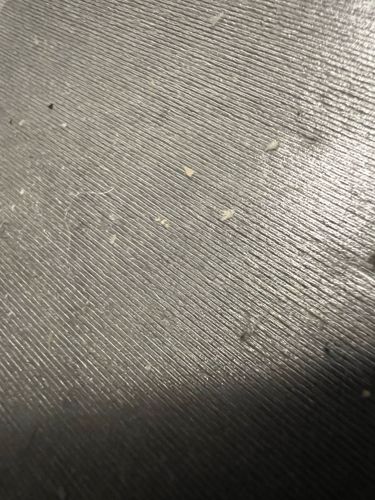Case-bearing Clothes Moth (larva)
Scientific Name: Tinea pellionella
Order & Family: Lepidoptera, Tineidae
Size: Larvae are typically 10-14 mm (0.4-0.55 inches) long when mature. Adults have a wingspan of 9-16 mm (0.35-0.63 inches).

Natural Habitat
Indoors, particularly in dark, undisturbed areas where animal fibers are stored, such as closets, attics, and storage chests. They can also be found in museums and other places with susceptible materials.
Diet & Feeding
Keratin-containing materials of animal origin, including wool, fur, silk, feathers, felt, and sometimes blends with synthetic fibers. They can also feed on lint, dust, and human skin flakes.
Behavior Patterns
The most distinctive behavior of the case-bearing clothes moth larva is its construction and carrying of a portable silken case, which it continuously enlarges as it grows. The larva remains inside this case for protection and can often be seen dragging it along as it feeds. Adults are weak fliers and tend to run or hop; they are not attracted to light like many other moths.
Risks & Benefits
Risks: These moths are considered significant household pests due to their destructive feeding habits on textiles and other animal-derived products, causing damage to clothing, carpets, upholstered furniture, and museum specimens. They do not bite or transmit diseases. Benefits: None known in a domestic or pest context. In nature, as decomposers, they contribute to nutrient cycling by breaking down animal remains, but this is negligible in human-affected environments.
Identified on: 10/30/2025